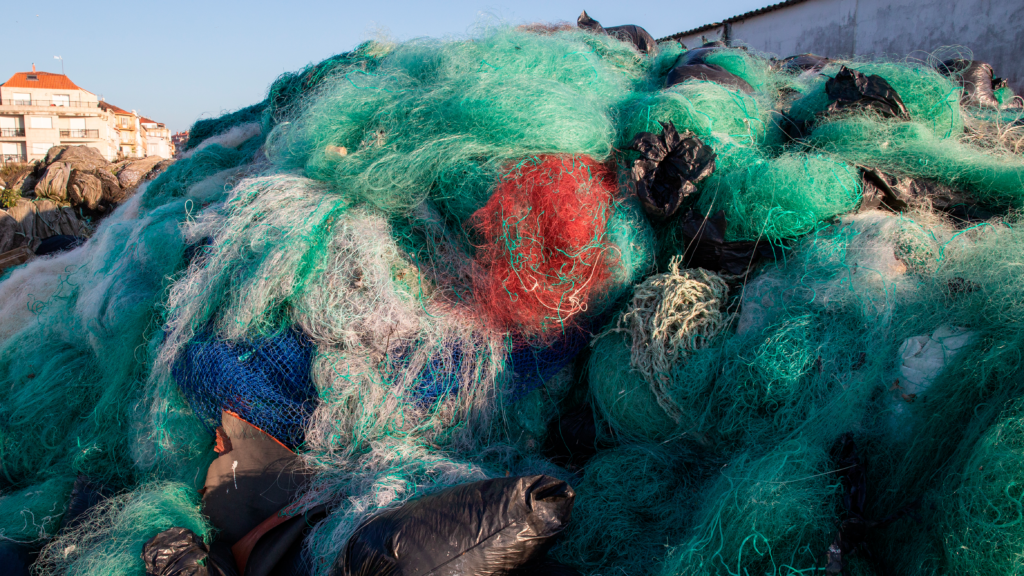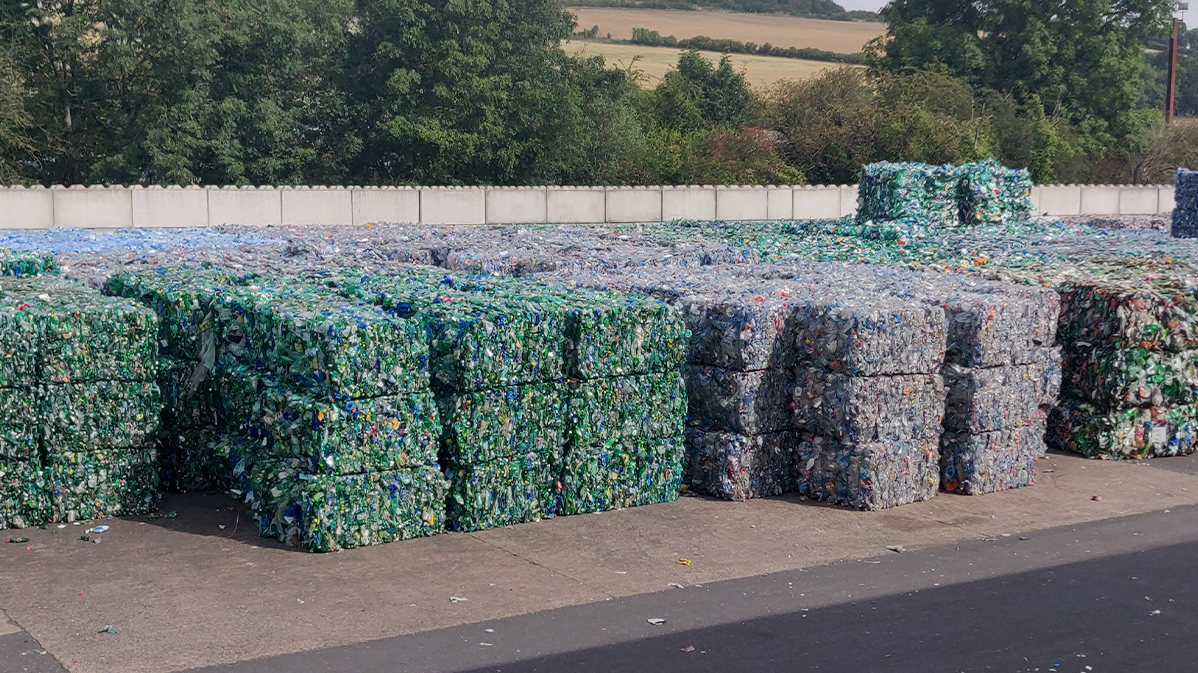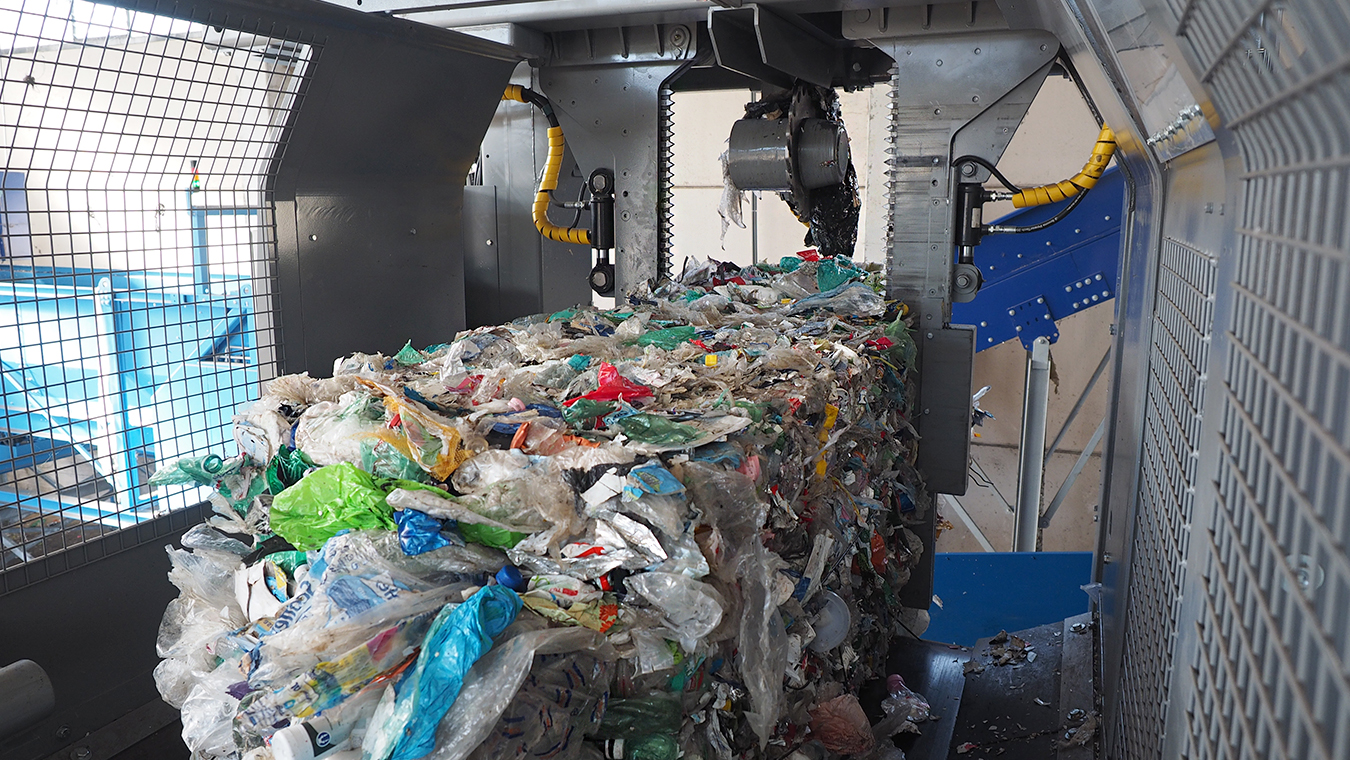Blog
Ocean plastic recycling: can recycling industry innovations help?
Ocean plastic recycling: can recycling industry innovations help?
Most of us have heard the unsettling estimation on the state of the ocean plastic crisis: by 2050, there may be more plastic than fish in our seas. Gathering and recycling plastic from the ocean is necessary to prevent further damage to the environment and wildlife.
How did we end up with an ocean plastic crisis in the first place? And how could the plastic recycling industry and new recycling solutions contribute to solving the problem? As Cross Wrap is an experienced frontrunner in the plastic recycling business, the topic of ocean plastic recycling is an interesting one to explore further.
Deep dive into the scary statistics
Current estimates suggest that there is at least 269 000 tons of plastic in the oceans – that’s more than 5 trillion individual pieces of plastic. This number is increased by the day with approximately 8 million plastic pieces.
The Great Pasific Garbage Patch is probably one of the most concrete examples that comes to mind when thinking about the plastic waste in our oceans. The collection of waste floating around in a circular motion in the North Pasific Ocean between Hawaii and California is so vast that we cannot be sure how large it is. However, the swirling ocean current keeping the Garbage patch together is sized at least tens of millions of square meters. This illustrates the gravity of the problem well.
The amount of plastic is related to how slow plastic decomposes, both on land and in oceans. The decomposition process turns a soda bottle into microplastic, harmful plastic particles that end up in the marine food chain. And the food chain leads right back to us, creating a significant health hazard, as there are reported cases where microplastic has been found inside people’s bloodstream and lungs.
The effects on marine wildlife are significant: sea birds, mammals, fish, turtles, and more suffer from the pollution. Statistics suggest that hundreds of thousands, even millions of animals die due to plastic and microplastic accumulation to their bodies, as well as being caught in nets. How did we end up in this situation?
Why is the ocean plastic problem so grave?
According to WWF, 80% of plastic that ends up in the ocean originates from land. But how does plastic waste that has been thrown out inland ends up at the sea?
The main problem is the amount of plastic waste produced, as well as the improper treatment of the waste. Improper waste disposal, like littering or flushing waste, and illegal waste dumping leads to more waste in nature, where it can easily end up in water systems.
Drain and wastewater systems usually end at a body of water, like a river, which tends to be connected to a larger body of water, a sea, or an ocean. If wastewater is not properly treated, flushed plastic items easily travel to the oceans.

Littering, inadequate waste treatment systems, and incorrectly disposed fishing gear are big contributors to ocean plastics.
Inadequate waste treatment systems increase the plastic waste in oceans. For example, in countries where tap water is not drinkable and bottled water is a necessity, proper bottle recycling system is crucial. When this does not happen, the amount of waste in nature is huge.
Another big contributor is fishing. According to some estimates, up to 10% of ocean plastics is just disposed fishing gear, like nets, lines and traps. Of the plastic waste circulating in the Great Pasific Garbage Patch, 86% is just fishing nets.
Read more: EcoWatch’s Marine Life and Ocean Threats 101
How are we solving the ocean plastic problem?
In the midst of the doom and gloom of the statistics, there is hope and action against the ocean plastic problem.
As the problem is recognized, many have taken initiative to find a solution. Ocean plastic recovery is not easy. Stopping the source of ocean plastic inland is important but removing as much plastic from the sea is also necessary.
In addition to protecting marine wildlife and ecosystems, gathering and recycling ocean plastic promotes circular economy for plastic production. As it becomes clearer that we cannot continue using this rate of virgin raw materials in plastic production, the role of recycled plastic becomes more critical for many industries and applications.
A variety of companies, governments, and organizations have begun to tackle the ocean plastic problem. One of these companies is the Ocean Cleanup, which works on recycling plastic in the ocean garbage patches. As the pollution is widely spread in these areas, it must be concentrated together with large nets and capture systems before its reeled on board and stored in the ship. The recovered ocean plastic is then rinsed and recycled back to raw material for recycled plastic.
Cross Wrap on board – can we be a part of the solution?

Baled plastic waste takes up less space on vessels.
As an experienced operator in the waste and recycling industry, the topic of plastic waste in oceans is not new to Cross Wrap. And in the future, we would like to be part of the solution.
If the plastic waste is not sorted on-board the clean-up vessels, there are containers where the plastic must be put. Plastic bottles, fishing nets, packaging waste, and plastic bags bundled up together take a lot of space, which is famously scarce on boats.
Baling plastic waste helps to solve the problem with limited space. As plastic is pressed into dense cubical bales and wrapped with bale wires, it is easy to store, handle, and transport both on ships and on land. After the plastic collection vessel has reached a port, baled plastic is easy to transport to a recycling facility for further processing.
To open the bales, Cross Wrap’s Dewiring machine is a well-adopted solution in the plastic recycling industry. The machine opens plastic bales automatically and accurately removes bale ties or wires. This keeps the plastic recycler’s machinery in good shape, as well as the material infeed quality high, ensuring that the recycled ocean plastic can efficiently be used in further applications. Boosting the ocean plastic recycling process with baling and dewiring could be a step in the right direction in solving the problem.
Read next: The future of plastic recycling
Let’s learn more about ocean plastic recycling together

The CW Dewiring machine accurately removes bale wires from plastics and keeps the material infeed pure.
Recycling plastic from the ocean is important for supporting our ecosystems and the creation of a more circular plastic economy. Cross Wrap is already contributing to more efficient plastic recycling operations on land, but we would also be interested in learning more about ocean plastic recycling at the sea.
Are you working in ocean clean up initiatives and would want to hear more about our CW Dewiring machine for ocean plastic recycling and waste transportation? This is an invite to open dialogue! Contact us at sales@crosswrap.com
Read next: Meet zero landfill goals with effective material flow
